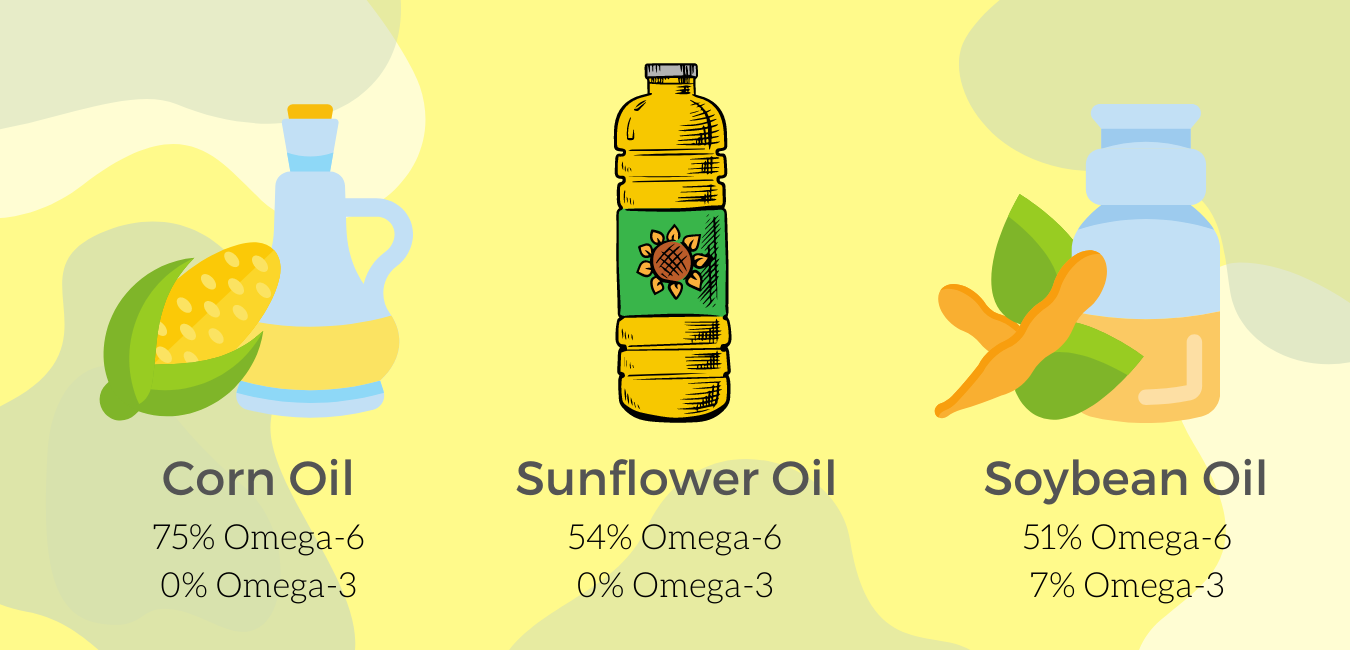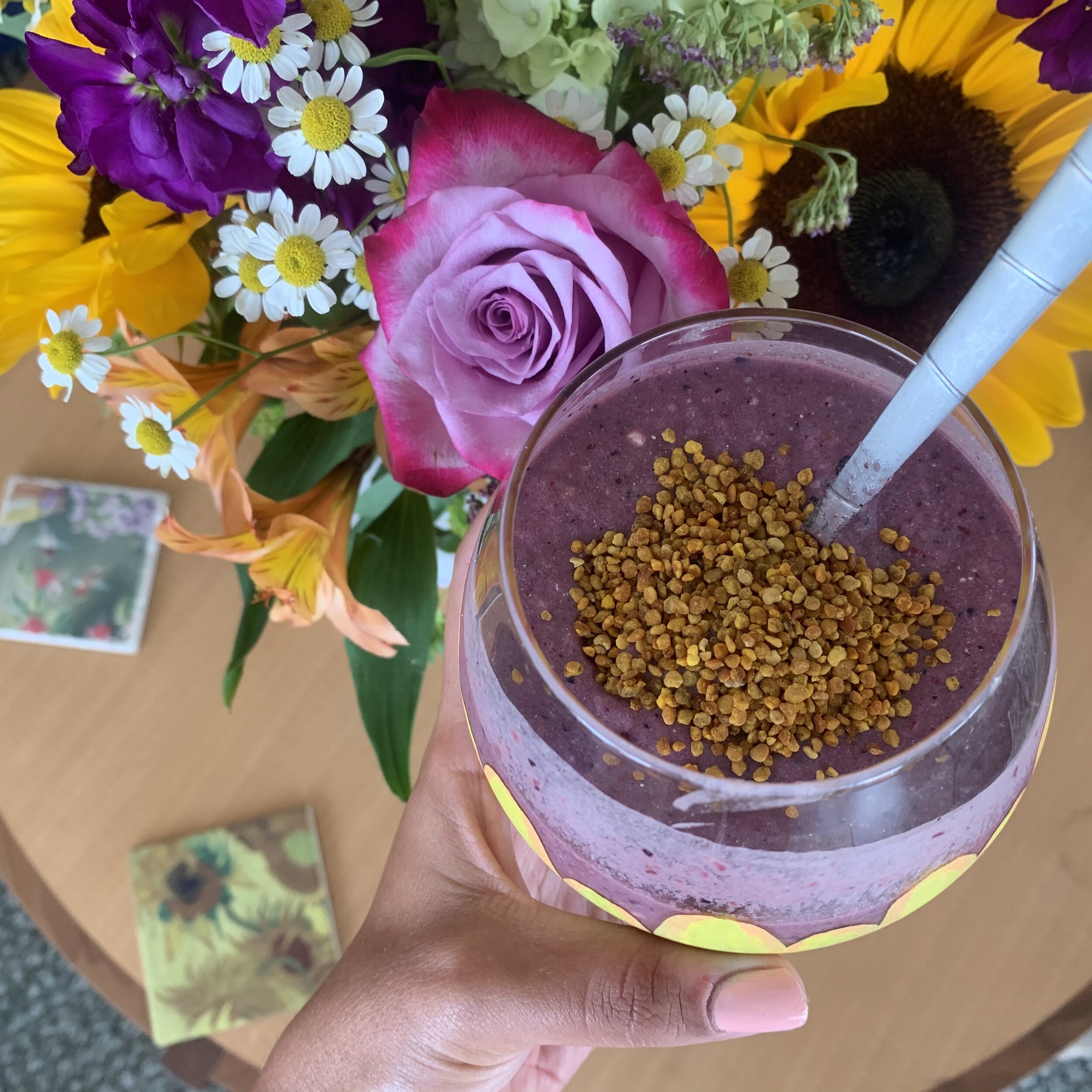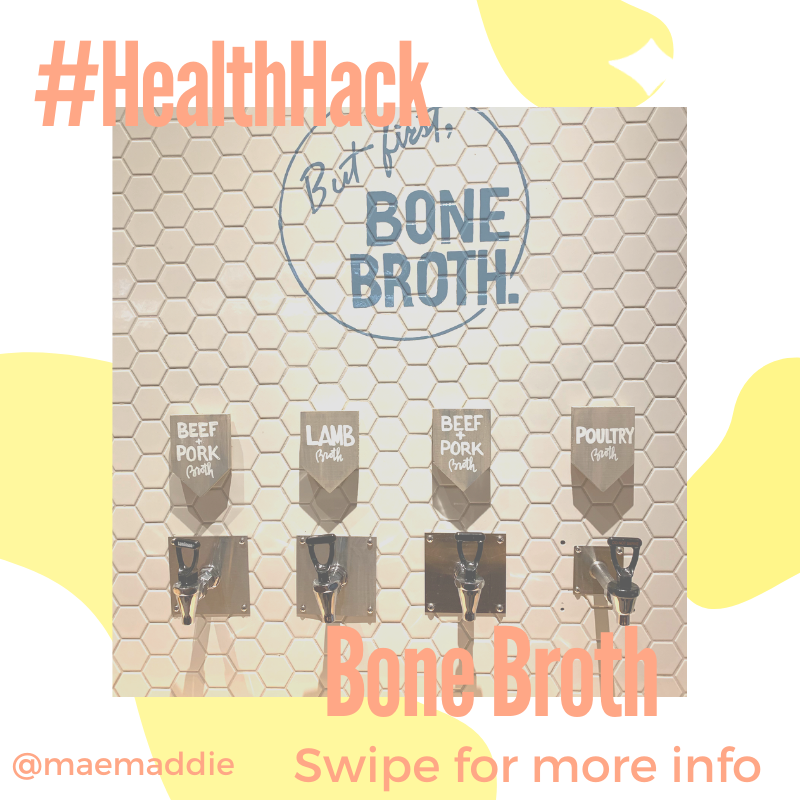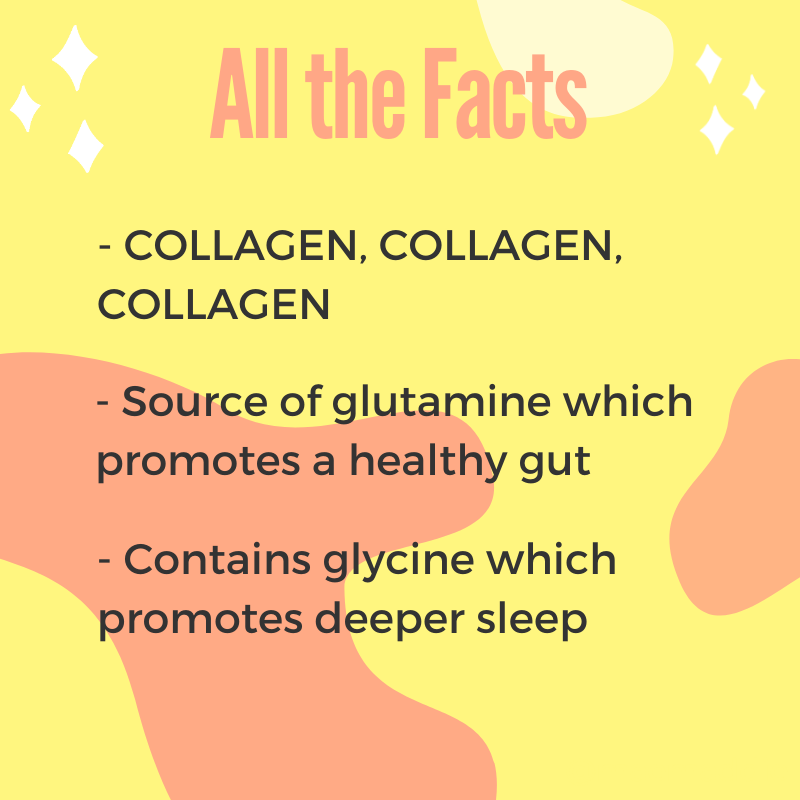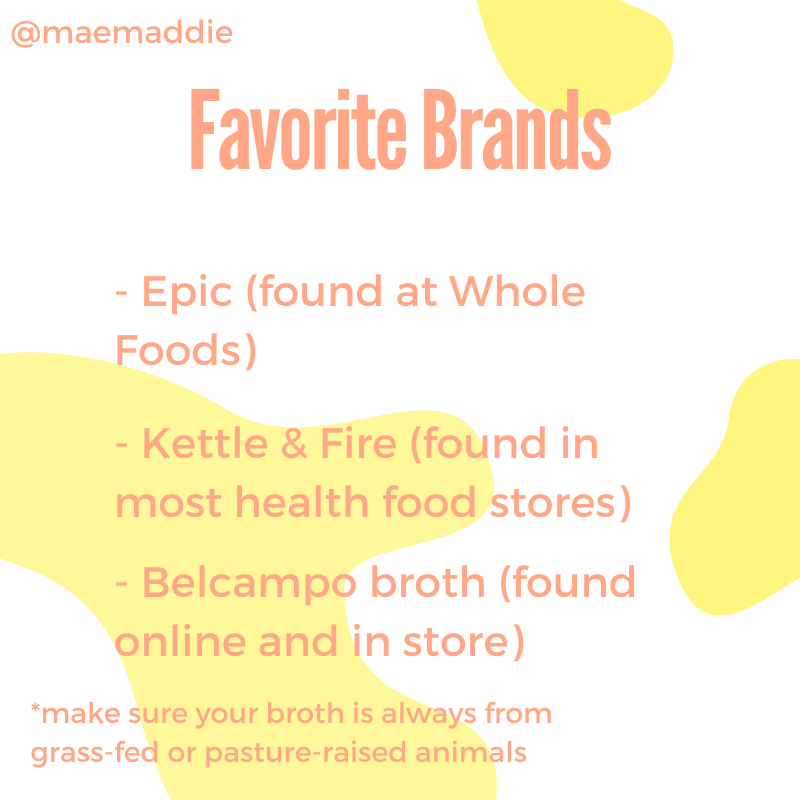Beware of Sweetgreen's Salad Dressings
Sweetgreen is often viewed as a healthy fast-casual chain. And parts of it are definitely healthy and a great option for when you’re on-the-go. I personally love Sweetgreen because they support local farmers and follow seasonality in their menus. They don’t import their veggies and fruits from distant countries. However, one thing Sweetgreen needs to improve is their salad dressings.
Why is this? Well, unfortunately, they use highly processed seed oils in their salad dressings. Specifically grapeseed oil. Now grapeseed oil may sound all innocent but it is actually highly inflammatory to our bodies. This is because it is high in PUFAs, or polyunsaturated fats, particularly omega-6 and omega-9. Grapseed oil actually has the HIGHEST amount of omega-6 compared to other harmful oils such as sunflower oil, corn oil, soybean oil, and canola oil.
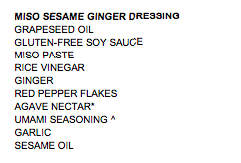
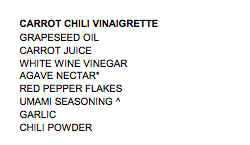

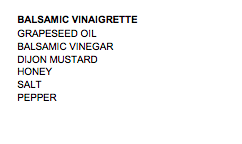
(Ingredients found here)
Now omega-6 is needed by the body, however, we get way too much omega-6 in our diets nowadays, which leads to inflammation. Because we have way too much omega-6, you want to consume other oils like extra virgin olive oil, avocado oil, and ghee that have a better omega-6 to omega-3 ratio.
While you will see a lot of articles on the internet showing you the health benefits of grapeseed oil, all of these potential benefits do not outweigh the bad. Inflammation is the source of disease and sickness and should be prevented in all ways possible.
Here’s what to order instead
Rather than ordering one of the pre-made salad dressings, like the pesto vinaigrette or lime cilantro jalepeno vinaigrette, order extra virgin olive oil and a lemon wedge on the side. Squeeze the lemon into the olive oil and pour onto your salad. Sometime I also ask for a side of chili flakes to add to my DIY dressing.
I know this may sound bland compared to all of the flavorful pre-made dressings but I promise your salad will be just as delicious. If you add lots of herbs to your salad it almost acts as the same flavors in those dressings. It will also be 100% worth it when you don’t feel sluggish or bloated after eating your meal. I find myself always feeling awful for days after eating any of these inflammatory oils.
Subscribe to my Dear 20-Something Girl newsletter for weekly emails with health tips as well as what I’m reading, listening to, and wearing. A one-stop-shop for resources on becoming the best version of yourself.




